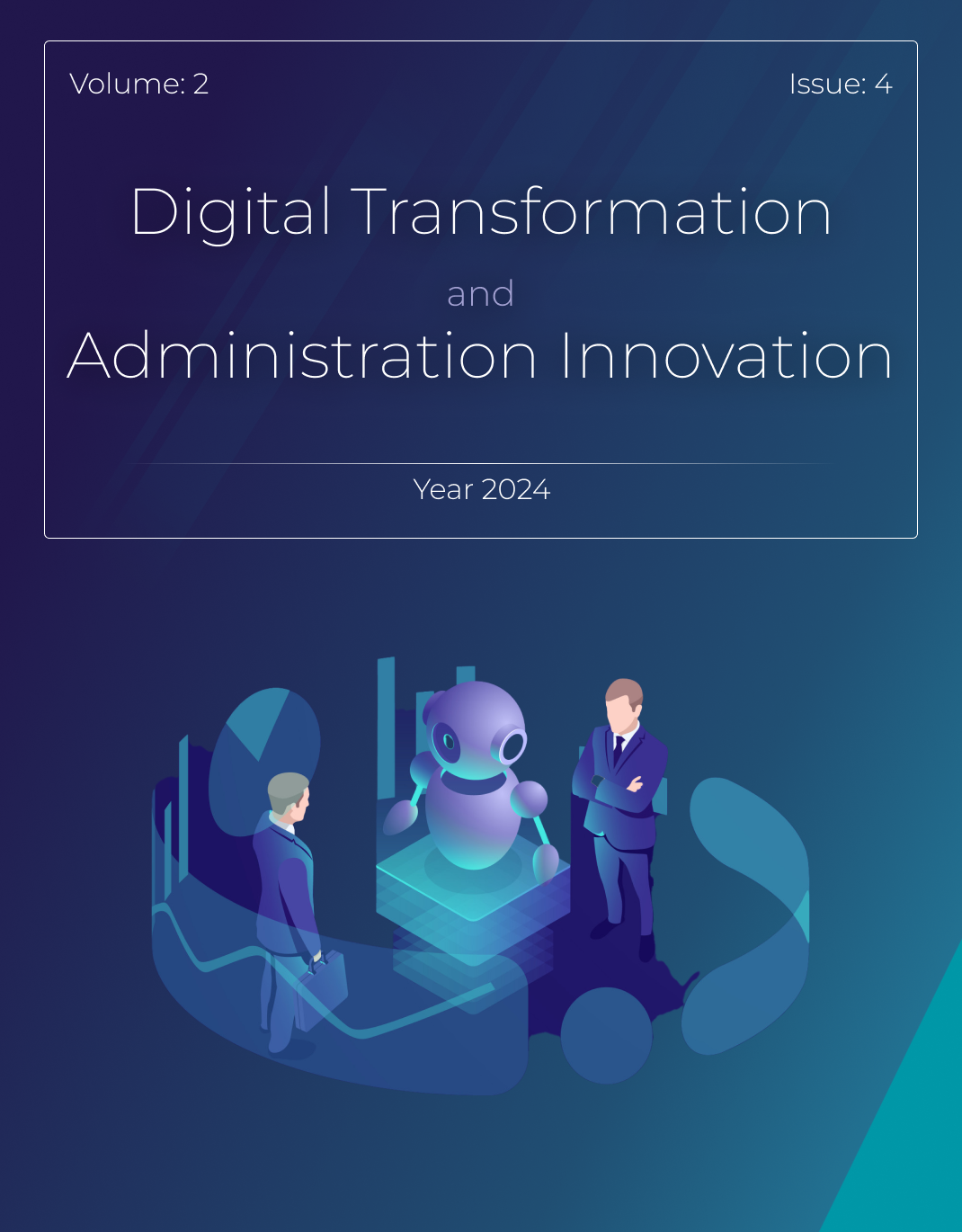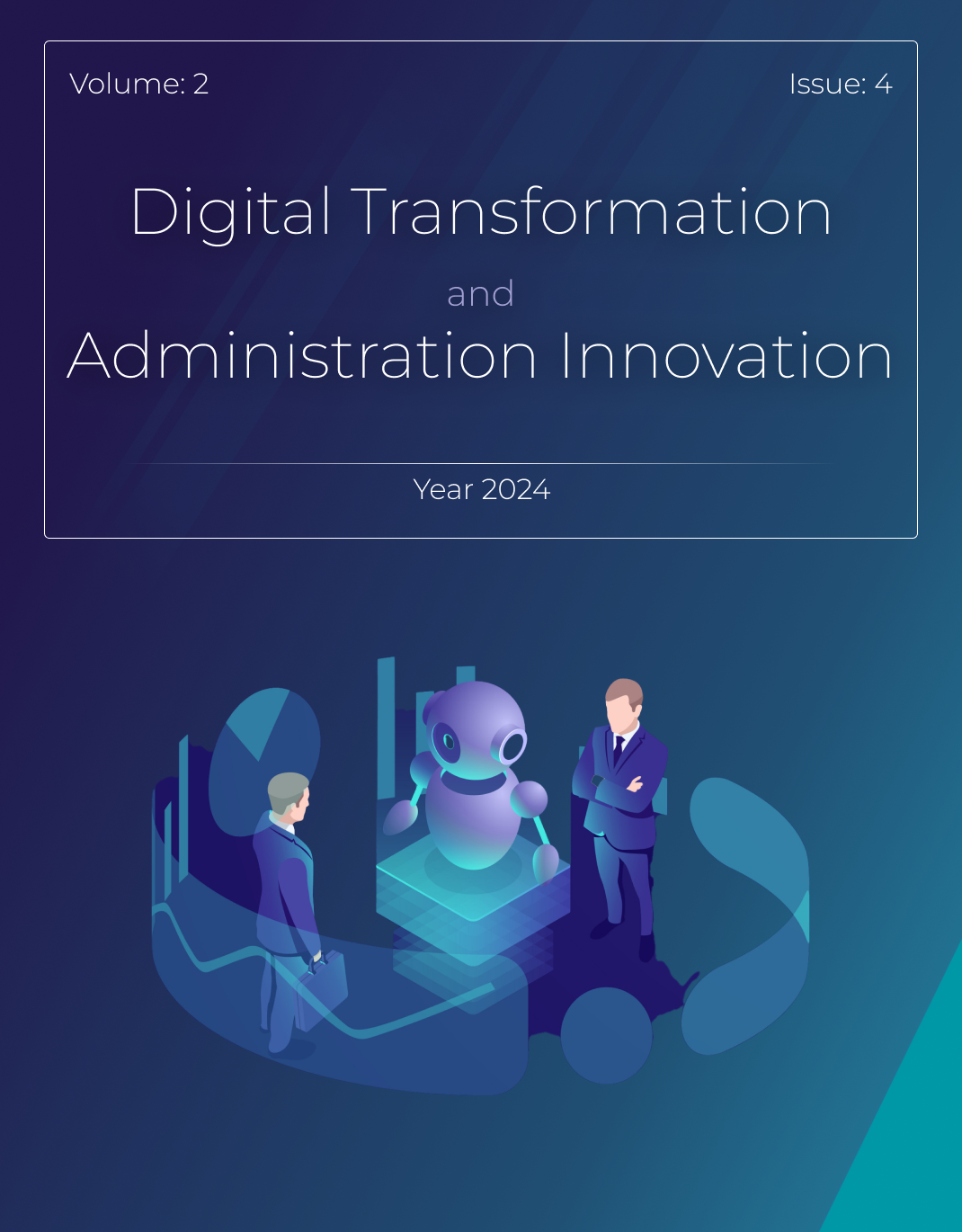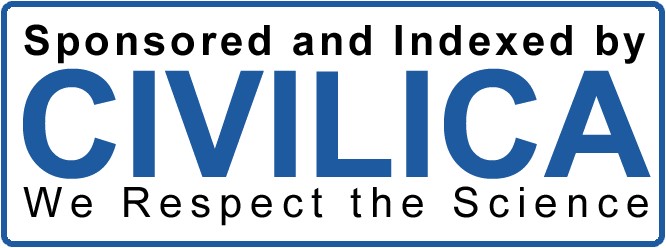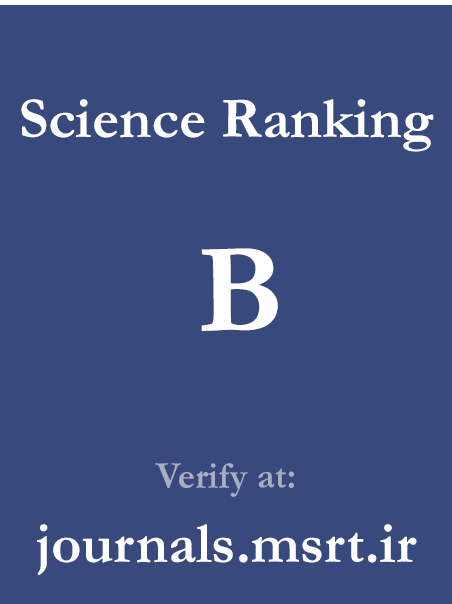Integrating Generative AI for Creativity in Business Processes: A Qualitative Analysis
Keywords:
Generative AI, business processes, creativity, innovation, qualitative research, artificial intelligence adoption, ethical concerns, organizational resistanceAbstract
This study aims to explore the integration of Generative Artificial Intelligence (GenAI) into business processes, with a specific focus on its applications, challenges, and impact on creativity. A qualitative research design was employed, utilizing semi-structured interviews with 28 participants selected through purposive sampling. The participants, representing diverse roles in business and technology, shared their experiences and perspectives on using GenAI for creative tasks. The interviews were conducted online, transcribed verbatim, and analyzed using thematic analysis with NVivo software. Theoretical saturation was achieved after 28 interviews. The analysis identified three main themes: (1) Applications of GenAI, including content creation, innovation enhancement, and workflow integration, showcasing its potential to augment creativity and democratize advanced tools. (2) Challenges in adoption, such as ethical concerns, skill gaps, and organizational resistance, reflecting barriers to effective integration. (3) Impact on creativity, highlighting expanded creative boundaries, enhanced collaboration dynamics, and efficiency gains, while also raising ethical considerations regarding authenticity and attribution. These findings align with existing literature on the transformative potential and limitations of GenAI. Generative AI offers significant opportunities to enhance creativity and innovation within business processes. However, its adoption is hindered by ethical, technical, and organizational challenges. Addressing these barriers through targeted training, clear ethical guidelines, and change management strategies can maximize the benefits of GenAI while ensuring its responsible use. Further research is needed to explore its long-term impact across industries and cultural contexts.








